#capacity
China's Government Worried About Unbridled Auto Industry Growth
If you think China’s auto growth is scary, then you find yourself in rare agreement with China’s central government. China’s 30 (!) major (!) auto makers had a production capacity of 13.59m vehicles by the end of 2009. Chinese bought 13.64m units. This year, it will be much more. By July, Chinese had already made and Chinese had already bought more than 10m units, according to data released by China’s Ministry of Industry and Information Technology.
Chinese buy more than just cars. They have bought (well, leased) enough land, buildings and machinery in order to more than double car output by 2015. With the current expansion and investment plans exercised, China will have production capacity for a mind-blowing 31.24m units by the end of 2015. That according to Chen Bin, head of industrial coordination at the National Development and Reform Commission, the nation’s economic regulation agency.That’s more than six (!) times the U.S. production in 2009, and three times the U.S. auto production in the heydays of 2007. You are not the only one to get worried now. Even China’s NDRC thinks that might be a bit much.
Toyota Working Overtime
Toyota’s capacity utilization at U.S. plants dropped to 60 percent in the second half of 2008 after the economic crisis hit the U.S. Enough of this. Utilization is up to 90 percent already. Next year, Toyota plans to run its N.A. factories at full tilt. More than that: Workers will be doing overtime, work weekend and holiday shifts, says The Nikkei [sub].
Of course, the fact that NUMMI is off-line could also have something to do with it.
Volkswagen Raises Chinese Capacity To 3 Million
Volkswagen is betting big on China. Volkswagen wants to double their production capacity in China to three million vehicles by 2013/14. That is roughly half of their current worldwide production. To do that, Volkswagen will finally build their long rumored, but often denied second new plant in China. A week ago, Volkswagen had announced that they would build a plant with their northern partner FAW in China’s deep south.
China's New Car Pile-Up
In January, the Chinese government had warned its (mostly government-owned) car companies to go easy on capacity expansion. Car sales in China were expected to show more sedate numbers than last year’s torrid growth rate of 45 percent. Sales did not follow government orders. In the first four months of 2010, Chinese car sales grew 60.51 percent. Now finally, the government can say “we told you so.” China’s car dealers sit on a mountain of unsold cars.
Foreign Car Makers Start A Building Boom In China
While all eyes are on the Beijing Auto Show, which starts by the end of this week, manufacturers are looking at plots of land and architect plans for new plants. According to The Nikkei [sub], carmakers are adding capacity to keep up with the ravenous appetite of the world’s largest car market.
Foreign carmakers don’t seem to be in a mood to exit, or to be squeezed out of this market anytime soon. According to the Nikkei, their building plans are “in response to the growing prominence of Chinese automakers.”
Horrors! China Might Only Sell 20m Cars in 2012!
China’s car industry has big plans. According to the China Business Journal, cited by the Nikkei [sub], China’s top 14 automakers are planning and building for a combined output capacity of 23 million vehicles in 2012. “With other carmakers included, the total figure will likely top 25 million,” says the Nikkei.
Last year, China became the world’s largest auto market, with 13.64m vehicles sold. Demand is officially projected to grow by 10-15 percent a year, reaching 20m units in 2012. “Consequently, there is the possibility of excess capacity,“ worries the Nikkei. (They are ostensibly not worried about 20m cars being sold, an idea that makes peak oilers lose precious sleep while they are wearing out their – plastic – keyboards on the message boards.)
As far as this reporter is concerned, 5m excess capacity in 2012 would fall in the „nice problem to have“ category.
One, Chinese projections are notoriously lowballed.
China Adds Capacity For 21m Cars. Volkswagen Gets Cold Feet
On the back of a 45 percent growth that propelled Chinese car sales to 13.6m in 2009, and faced with a shortage of cars that doesn’t allow them to feed China’s ravenous appetite for even more cars, Chinese automakers are racing to build more plants. The combined capacity of the 10 largest players is expected to balloon from around 12 million units in 2009 to a breathtaking 21 million in 2012, today’s Nikkei [sub] reports.
Some examples:
In The Midst Of An Auto Goldrush, Is India Headed For Overcapacity?
Optimism is a rare commodity in the auto industry these days, and nearly all of it comes from the so-called BRIC nations of Brazil, India, China and (to a lesser extent) Russia. India in particular is being targeted as one of the few growth opportunities for the industry’s global players. Nissan/Renault, Volkswagen, Honda, Ford and GM have all recently announced major initiatives to target growth in India’s entry-level market, and GM even gave up control of its Chinese operations in order to beef up its Indian presence. But, as the Hindu Business Line reports, India could be staring down the kind of overcapacity that is causing so many headaches for automakers in mature markets.
Industry Survey: US Not Out Of The Overcapacity Woods Yet
With the world starting to gain stability economically and economists talking about “bull markets” you’d be forgiven for thinking we can start to be optimistic and why not? Ford are flying high, GM (prodded by the government) are adding third shifts and Chrysler’s sales “only” dropped 3.7% in December. Well, don’t be too sure. CNN Money reports that a survey conducted by KPMG of 200 auto and supplier executive showed that 88% of them believe there is still too much capacity in North American plants. In fact, the survey showed that the executives believe that overcapacity is a bigger problem today than a year ago and when you look at the figures, it’s a bit of a no brainer.
Bailout Watch 577: Auto Task Force Redlines GM Production
The WSJ reports that GM has added a third shift to its Fairfax assembly plant at the request of the US auto task force. The Kansas City plant will now build 6,300 vehicles a week working 21.6 hours a day, up from 4,500 units per week working 14.5 hours per day with two shifts. The move reportedly makes Fairfax the first US auto plant to run three shifts on a routine basis. According to the WSJ,
the auto task force that oversaw GM’s reorganization last spring was startled to learn that the industry standard for plants to be considered at 100% capacity was two shifts working about 250 days a year. In recommending that the government invest about $50 billion in GM, the task force urged the company to strive toward operating at 120% capacity by traditional standards.
Why? That’s not exactly clear. The potential downsides of the move are far easier to identify.
European Overcapacity And Opel Rescue Bump Heads
Europe’s auto capacity is staggeringly underutilized, as political pressure to protect jobs stacks overcapacity upon overcapacity. Analysts lay out the gory details at Automotive News [sub]: Global Insight says European production capacity is currently at 59 percent, while PriceWaterhouseCoopers figures excess production is 6.8 million vehicles. Assuming an average production of 300,000 units per plant, over 20 of Europe’s 100 major auto plants will have to go to bring supply back in line with demand. Though Saab’s seemingly imminent closure should take a first step towards a European coming-to-terms with its unreformed auto industry, the Opel deal is starting to look like an opportunity that GM could be too state-aid-dependent to take advantage of.




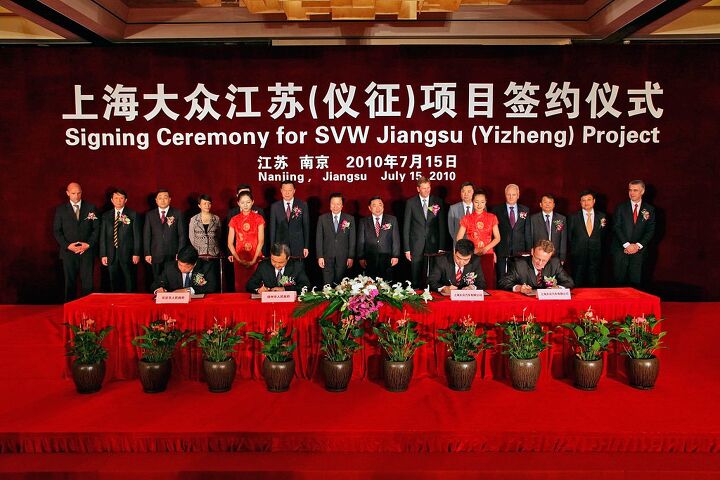


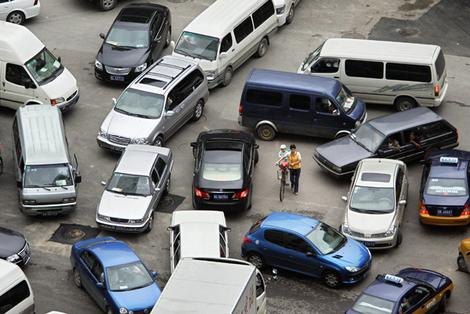

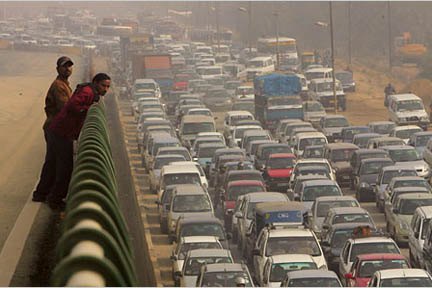
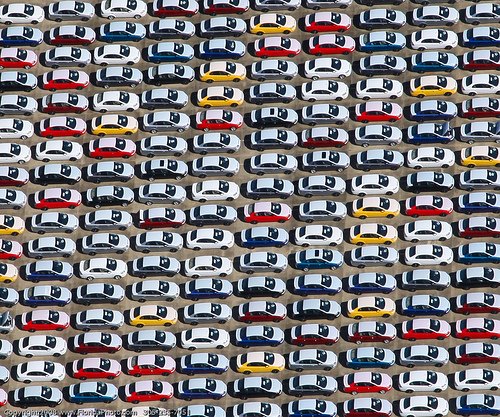
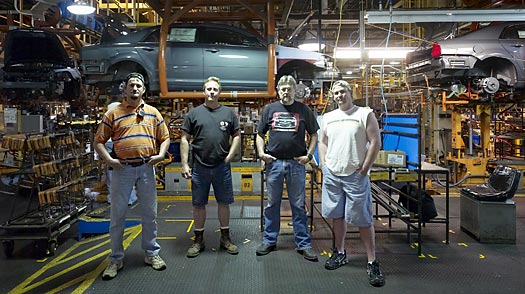













Recent Comments